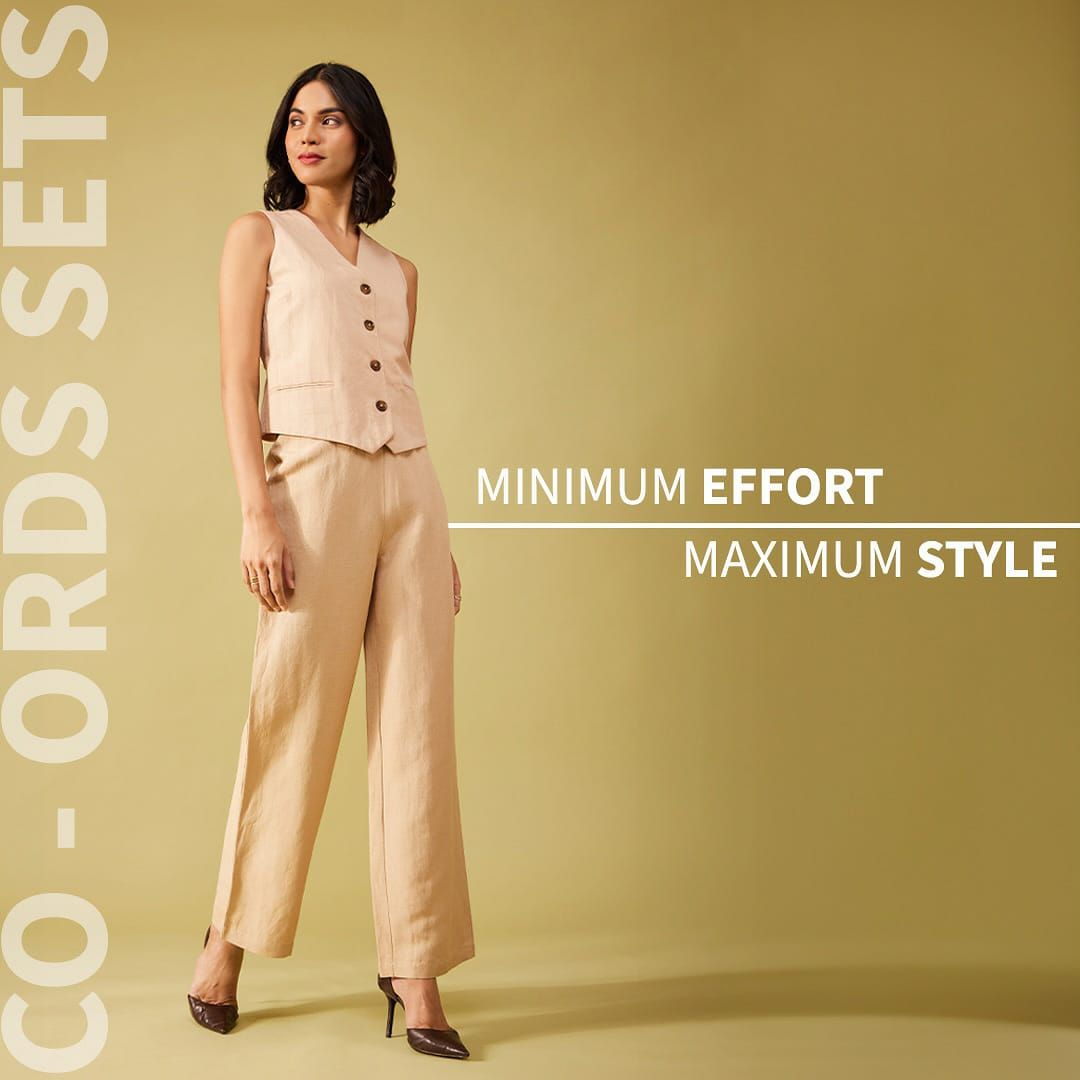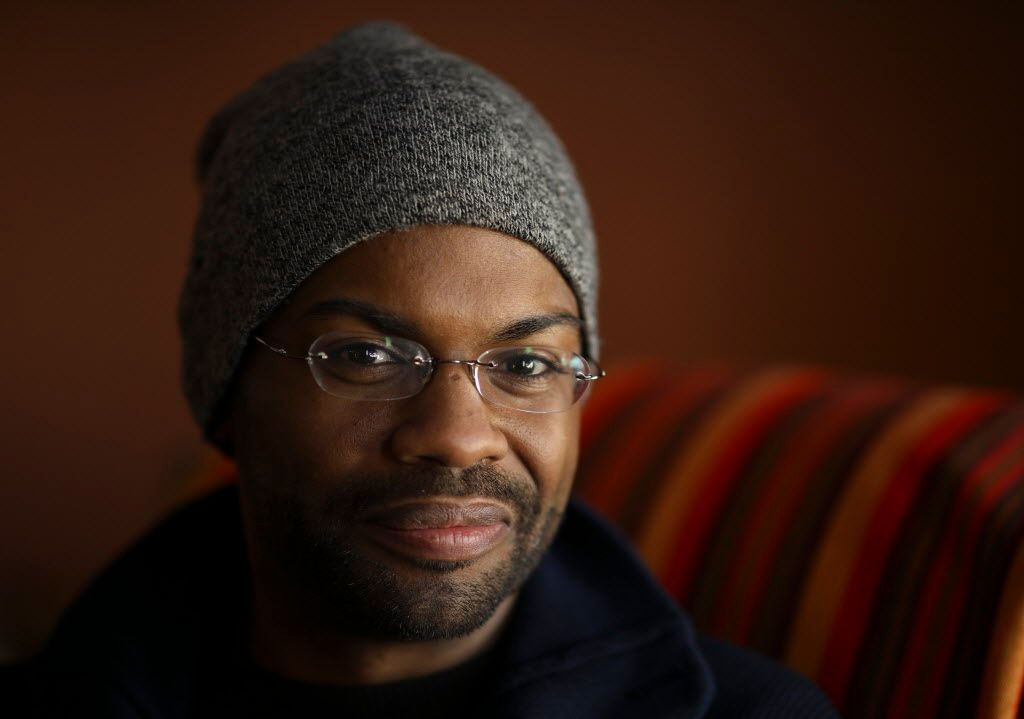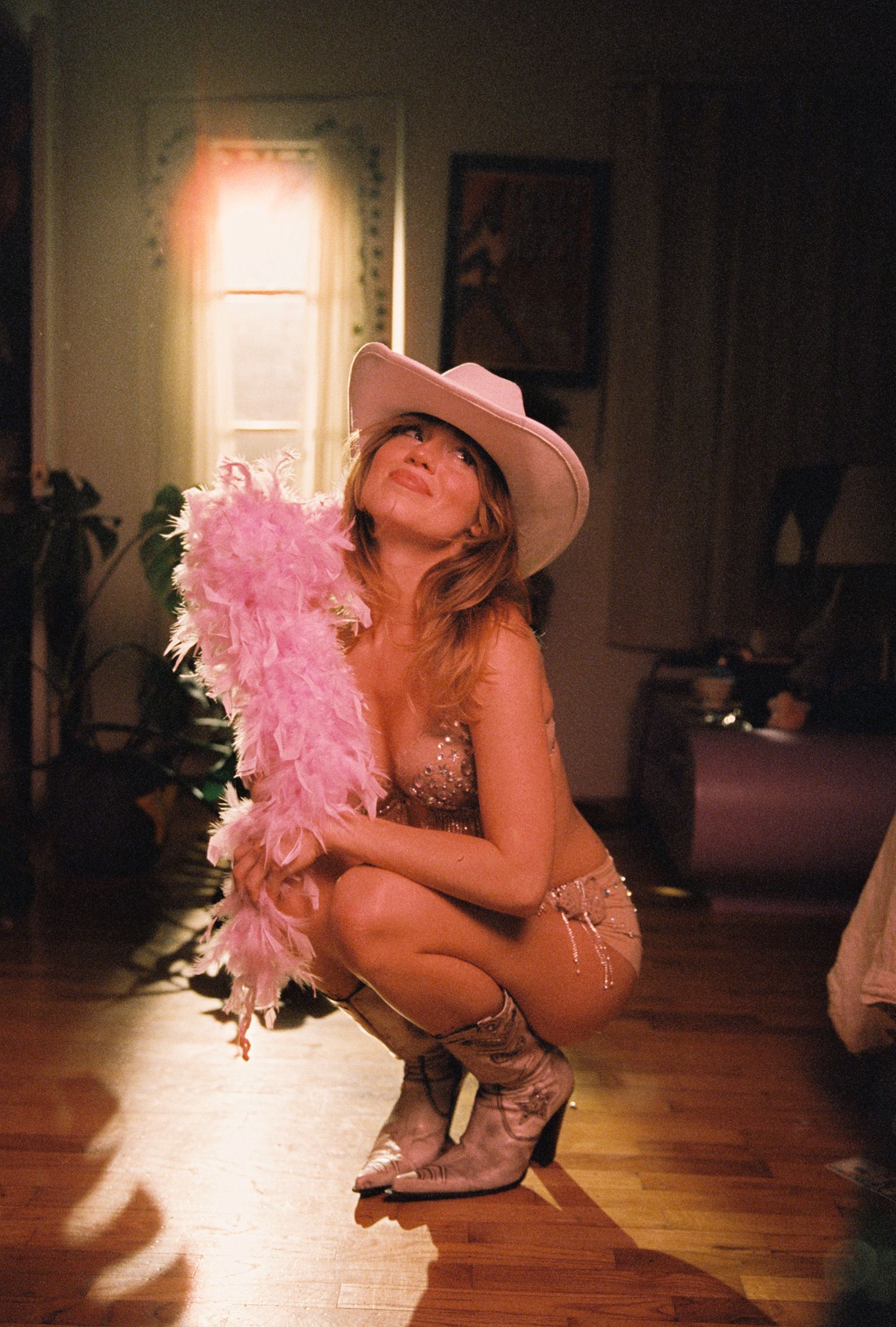
Over the years, our professional attire has changed dramatically from formal suits to a more laid-back, smart-casual look. This transformation is indicative of more general shifts in workplace culture, where professionalism is now complemented by a greater emphasis on comfort and individual expression.
Professionals now traverse a range of clothing alternatives that mix personal flair with business requirements, a throwback to the days of strict dress regulations. Knowing what constitutes a fashion faux pas and striking the correct balance between comfort and professionalism are just two examples of how choosing smart workwear selections is crucial to leaving a good impression on coworkers.
Today, dresses for women and black party dresses for women draw attention to the wide range of options that are readily accessible nowadays, effortlessly accommodating formal and social situations.
The Evolution of Workwear: From Suits to Smart Casual
The notion of professional clothing in the modern workplace is more flexible than it was years ago. Professionals’ presentation has changed as conventional suits give way to sophisticated casual wear:
The Rise of Smart Casual: How the workplace embraced a more relaxed dress code while maintaining professionalism.
Workplaces have changed recently from rigorous formal wear to embracing smart casual dress rules. This development represents a cultural shift in which professionalism is appreciated along with comfort and uniqueness. Smart casual clothing strikes a mix that lets professionals feel comfortable while nevertheless presenting a polished image by combining formal wear features with more laid-back items. Companies understand the advantages, hence encouraging a creative environment that raises morale and output.
Dressing for Success: Tips on striking the right balance between comfort and professionalism in your daily attire.
Reaching the ideal balance means balancing personal style with business requirements. Choose properly fitting clothes that accentuate confidence and let you move freely. Select airy materials fit for the temperature. Accessories should accentuate your attire without overpowering it; a smartwatch or some subdued jewelry works well. Think about the occasion: match your clothes to informal workplace days or client meetings. Combining comfort with professionalism can help you to provide a competent picture and relax.
Seasonal Transitions: Adapting your wardrobe from summer to winter without compromising style or comfort.
Changing seasons calls for both clever layering and adaptable items. Select lightweight summer materials like cotton or linen. Layer with cardigans or jackets for warmth when temps decrease while still keeping a sophisticated appearance. Essential is quality outerwear fit for your climate and style. Shoes should be professional but weather-appropriate. Ahead of time planning guarantees year-round comfort and elegance.
Accessorizing for Impact: How accessories enhance your professional look without overpowering it.
Your outfit is much improved by accessories. Select items that complement your workplace’s suitability and own style. A classic watch or distinctive necklace accentuates without taking away from your professional manner. The key is balance; try to avoid too distracting accessories. Choose something that fits formal or creative settings and gently convey your uniqueness.
Fashion Trends: Staying current while respecting personal style and workplace norms.
Stay current with trends fit for your own style. Match trends to corporate expectations by adding colors or patterns to traditional designs. Play around with accessories to maintain professionalism while adding modern flare. Invest in classic items that fit personal and professional tastes for a contemporary, self-assured look. These transcend seasons.
The Role of Culture: Understanding how workplace cultures shape dress codes.
Dress norms and expectations are set by workplace culture. Corporate environments should encourage formal wear to project professionalism. Casual and expressive clothes are embraced by creative sectors to encourage originality. Choose clothing that honors cultural standards while nevertheless expressing your own flair within reasonable bounds. Matching with the corporate culture shows genuineness and respect.
Practical Tips: Dos and don’ts to avoid common fashion mistakes.
Make sure clothes suit you; fitted clothes improve professionalism. Keep your grooming standards clean hair and shined shoes. Think of clothes fit for different events. Keep accessories under control to prevent seeming messy. Make investments in adaptable items that fit and combine effortlessly. Give clothes care first priority for a polished look. Using these pointers guarantees a professional, confident appearance.
Conclusion:
In essence, generating a confident and strong impression depends on finding the correct mix of flair and professionalism as workwear develops. Whether you follow a more conventional dress code or choose smart casual, knowing workplace requirements and appreciating personal style can help you to confidently and easily negotiate the professional scene.





